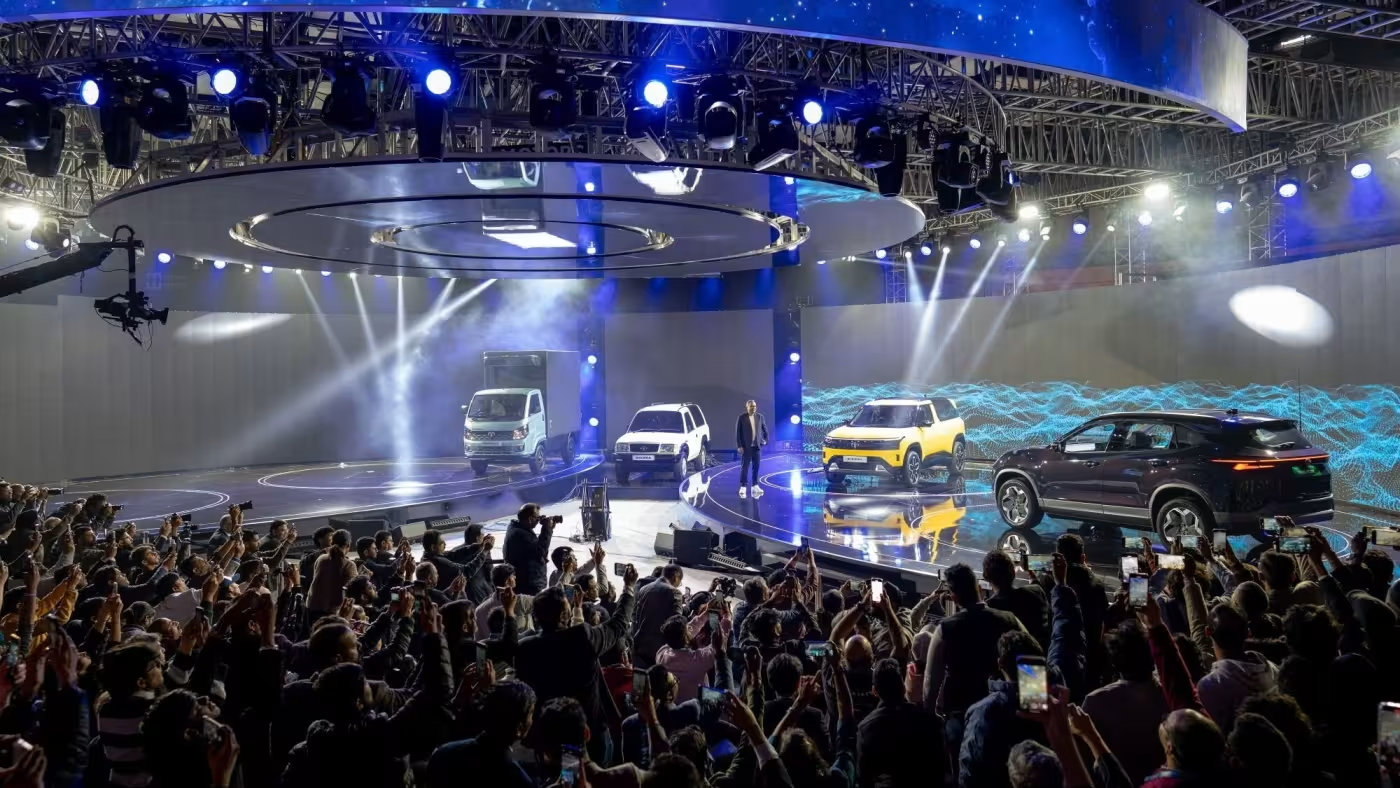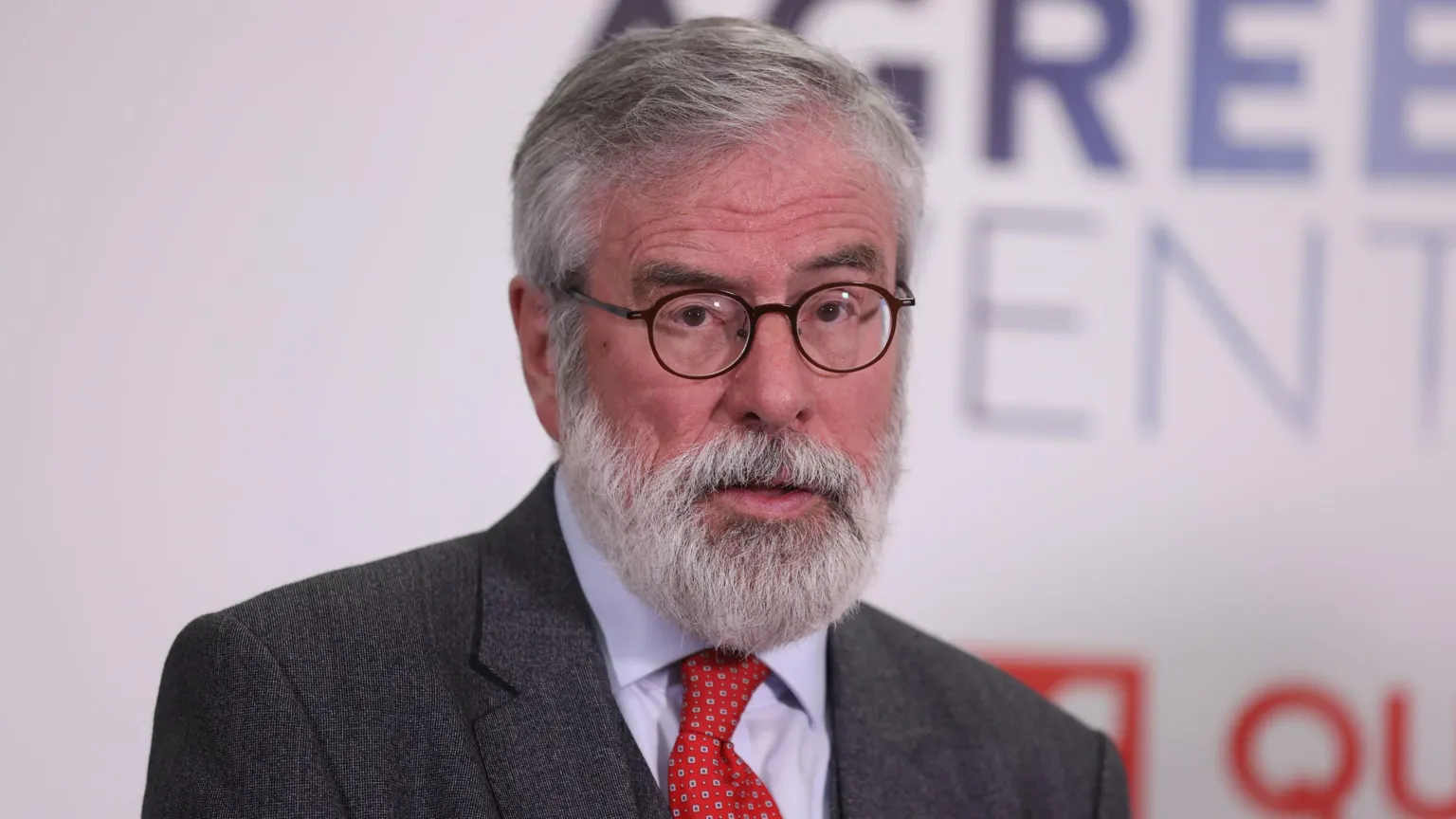Few Buyers for India's New Electric Cars
Electric vehicles are getting a big push at this year’s Bharat Mobility Global Expo (previously, auto expo). The Indian auto industry’s biggest show kicked off with the prime minister on Friday making the case for “economy and ecology”, highlighting the government’s focus on the development of green technologies and reducing the import bill for fossil fuels.
In March 2024, the government unveiled policies aimed at promoting India as a manufacturing destination for EVs. Companies investing $500mn in production facilities in the country are allowed to import electric cars as “completely knocked down kits” (where all the parts of the car are imported and assembled locally) at a reduced customs duty of 15 per cent (from 70 per cent) for five years. Many Indian states have also announced their own incentive schemes for EV manufacturers.
Over the weekend, several companies unveiled their EV offerings for India. Chinese carmaker BYD launched its electric sport utility vehicle, Sealion 7; Vietnam’s VinFast announced it would be launching two electric SUVs later this year; and homegrown Maruti Suzuki launched an electric version of its Vitara model, among others.
While two and three-wheelers have witnessed consumer enthusiasm, the same cannot be said for cars. The government is hoping EVs will constitute 30 per cent of passenger cars in India by 2030, but they only have about 2 per cent market share now.
Battery life and charging infrastructure continue to be a significant problem. It takes nearly a day to charge a car from an AC socket. While companies do install wall box chargers, they are often vulnerable to theft. In urban India’s unpredictable traffic and road conditions, range anxiety is a real issue. Access to charging points on highways is almost non-existent, making EVs a consideration for a second car in the household at best.
This is a bit of a chicken and egg situation for the industry. Car sales have to cross a certain threshold for manufacturers to invest more in the charging infrastructure but the poor charging infrastructure is a deterrent for higher sales. Indian customers are still following a wait and watch approach. While the government’s EV push for manufacturing will drive investment and employment, it should also augment the charging infrastructure in order to make private investments in manufacturing a feasible option.
 820
820









